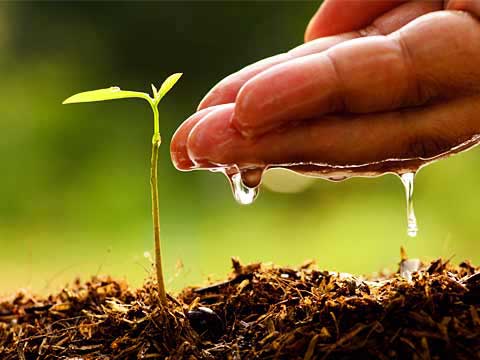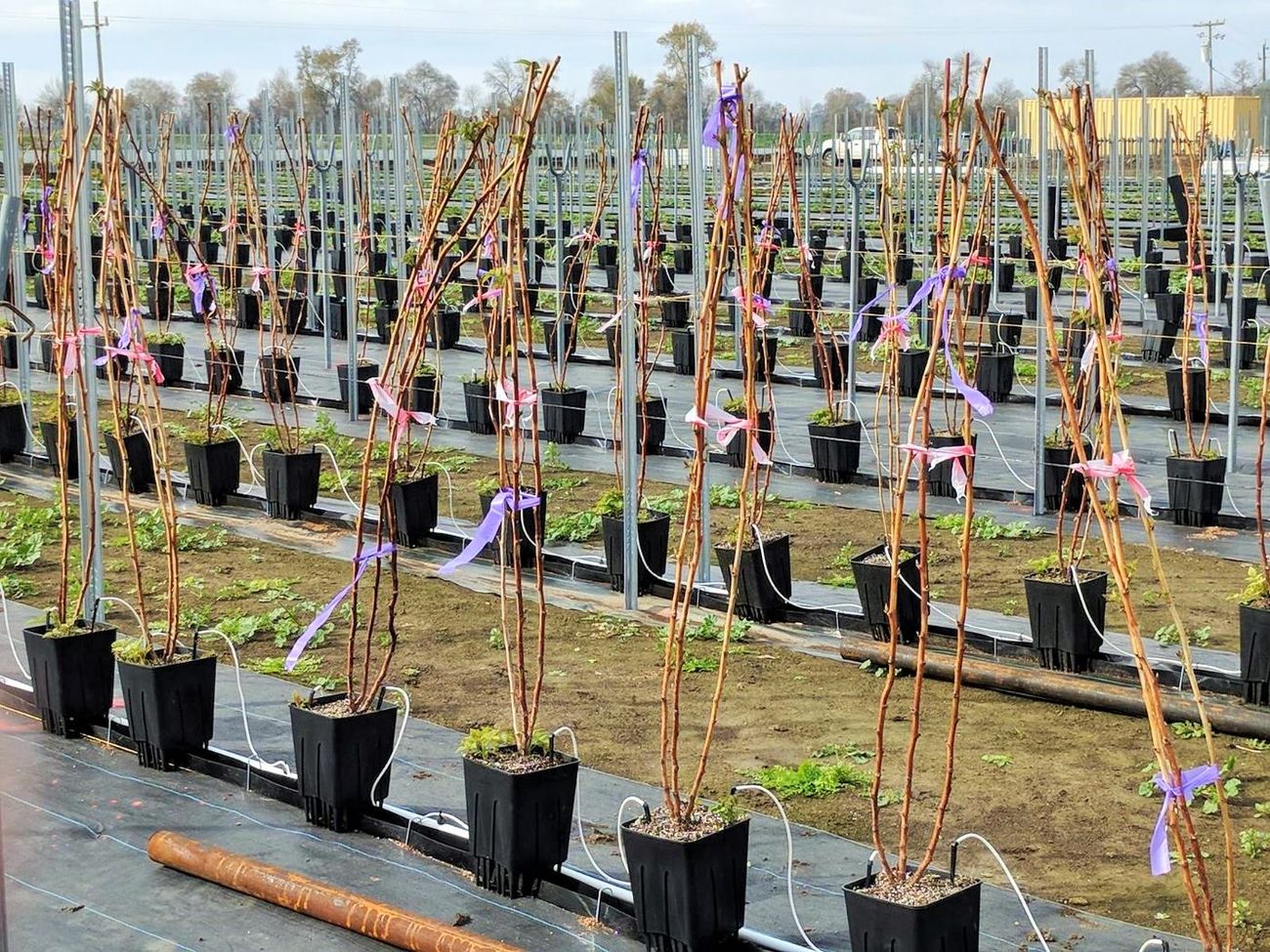With the advancement of knowledge in the field of plant physiology and nutrient absorption and an improved understanding of the hydroponic technology itself, the concept of hydroponic systems has started generating stellar results. It not only helps plants grow faster in a smaller space compared to traditional gardening but also results in much higher yields. In the following we show in how far hydroponic systems successfully increases plant growth.
Quicker Nutrient Absorption
In nature, plants do not get the essential nutrients in such a readily available form. The organic matter must be first broken down by the microbes in soil, following which they are absorbed by the plant. Consequently, the plants do not get a high concentration of nutrients around the roots, resulting in slow growth.
On the other hand, hydroponic systems do not require any solid medium like soil. The nutrients are delivered to a plant directly through a nutrient solution. Small pots like the 3-litre square pot are particularly suited for creating compact gardens. Roots are surrounded by a concentrated solution of nutrients that they can thrive on. This ready availability of nutrients in a directly usable form induces faster plant growth.
Protection from Soil Pests
Since hydroponic systems does not require soil, there is no possibility of the plant or its fruits being infected by common pests found in the soil, such as fungi and insects. Pests prey on the plant. They either share the plant’s resources, leaving less nutrients for the plant, or they attack the leaves or the roots of the plant and impede the overall growth.
With hydroponic systems offers protection from the pests, the plants grow healthily, leading to less suffering from minimum to no damage. All the nutrients supplied to the plant are utilized by it, resulting in a higher growth rate than any traditional form of gardening.
Although pests like spider mites, aphids and whiteflies can infect the plants, the frequency of such pest attacks is certainly lower than in soil.
More Oxygen to Roots
Increased oxygen helps in the growth of roots as well as improves the rate of nutrient absorption. Even the basic hydroponic systems employ some type of direct injection of air. This air can be pumped into the nutrient reservoir or directly to the root system of the plant. Their objective is to maximize the proportion of air in the plant root systems.
Gardeners can use the 9-litre drainage pot to provide the necessary ventilation to the roots. Some hydroponic systems maximize air delivery to the root system by using droplets of the nutrient solution on the roots. At the extreme end of this spectrum is the Aeroponic hydroponic system which utilizes a spray of nutrient solution to the plant’s roots that remain suspended in the air.
The presence of a higher proportion of oxygen in the root systems encourages fast growth of the plants. Growers understand this fact and use different forms of hydroponic systems to achieve this goal.

Plants that Thrive in Hydroponic Systems
Some plants respond better to hydroponic systems than others. So, growers aiming to obtain maximum growth should invest in this technology for cultivating these plants.
Lettuce
Varieties of lettuce like Romaine, Bibb and Butter Crunch do not have heavy growth requirements and yet grow quickly. A hydroponic system acts as a potent catalyst that contributes to producing even better yields than before. Lettuce plants grown like this will be ready for harvest in as short as three weeks. A few other varieties of lettuce, like the Iceberg, can take up to eight weeks to fully grow in a hydroponic system. However, this is still shorter than the time required to produce leaves through the traditional growing techniques.

Herbs
Hydroponic systems work really exceptionally well for herbs. In fact, many of them show as much as a 25% increase in growth when put in hydroponic systems. These include herbs like basil, oregano, peppermint, marjoram, and more. In particular, herbs like mint can produce higher yields throughout the crop season. Gardeners can keep harvesting the leaves and the plant will keep yielding more.
Green Leafy Vegetables
Leafy vegetables like spinach, kale, watercress, mustard greens, and others exhibit significant growth improvement in hydroponic systems. Grow them in smaller pots like the 7 Litre Drainage Collection Pot for easier management. They grow quickly and growers should time to harvest them right. Greens can be temperamental and grow bitter if not plucked at the right time.
Hydroponic Systems Result in High Yields
Hydroponic systems can create the conducive conditions necessary to generate higher yields and greater profits for the growers. They also help growers get rid of a number of challenges and problems inherent to traditional growing techniques. Growers do not have to depend on the regional weather, the amount of space at their disposal, quality of the soil, and other external factors. In addition, hydroponic systems introduces a reliable method of growing that not only provides produce throughout the year, but also in large amounts.







Leave A Comment
You must be logged in to post a comment.